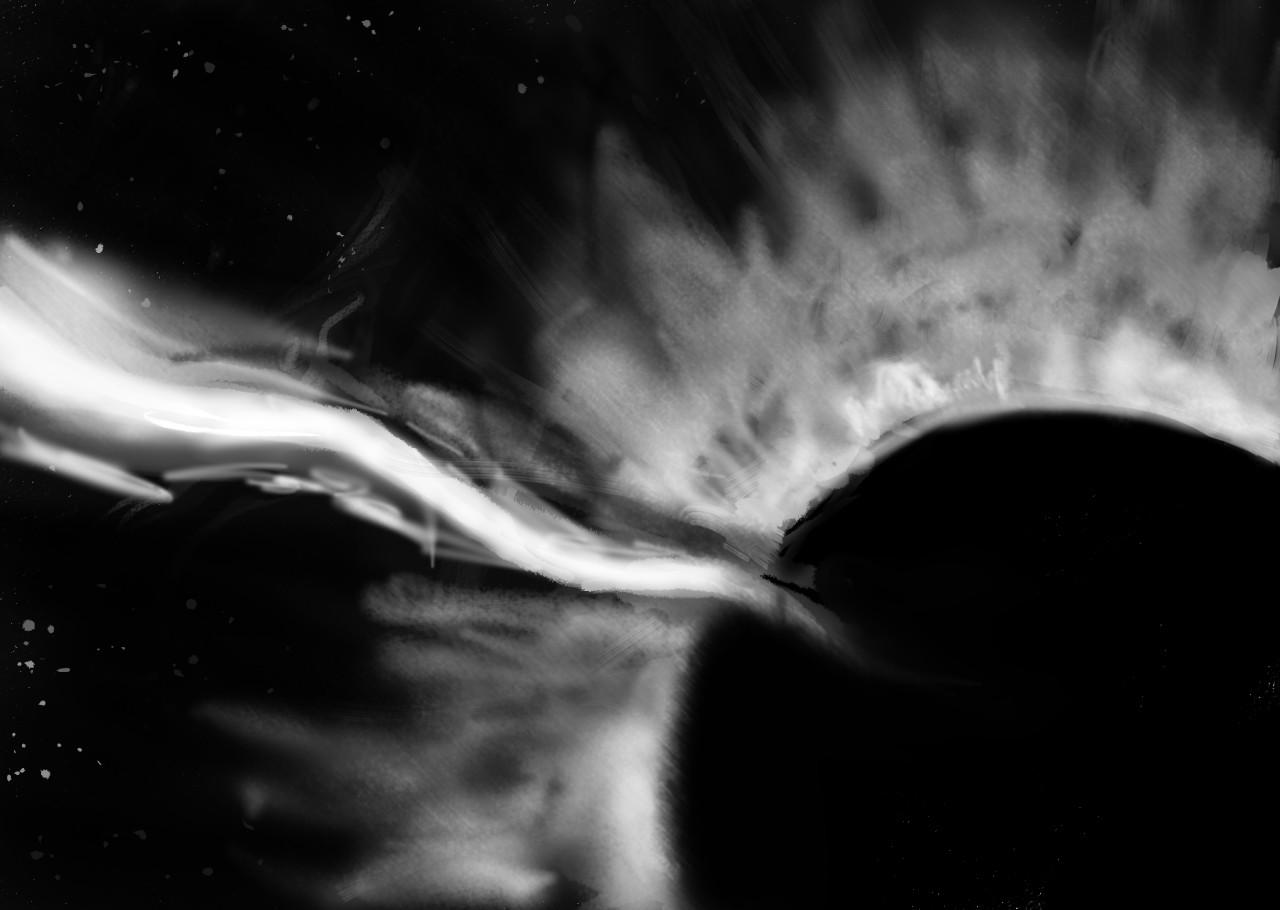A Whole New World
April 2, 2016
On September 14, 2015, a flash of energy-intense gamma rays was detected by the Laser Interferometer Gravitational-wave Observatory (LIGO). These gamma rays are solid, undeniable proof that gravitational waves exist, just as Einstein predicted nearly 100 years ago.
To understand gravitational waves, picture a blanket suspended by its four corners. This will represent the fabric of space-time. Now picture different sized marbles put this blanket, creating pockets that pull the blanket downwards depending on the mass of that marble. These marbles represent any object that has mass, and the larger the mass, the larger the pocket. Now imagine that we have only two marbles, and they are so close to one another that the pockets created by each one of them in the blanket combine to become one larger pocket in which both marbles reside. Now, when these marbles are in the same pocket, their masses will affect each other, and they will begin to spin around one another, keeping a path that has them rolling around the center. These paths however, gradually creep closer and closer to the middle of the pocket. This basic property is gravity. But as the marbles continue on their paths, they send out ripples throughout the rest of the blanket. These ripples are strongest near the pocket itself, and become less potent as they travel outwards. These ripples are gravitational waves.
In 1974, the actual existence of these gravitational waves was implied by the work of two astronomers at the Arecibo Radio Observatory. The discovery of two heavy, dense stars in orbit of one another was the exact type of system that should radiate gravitational waves (the ripples from the metaphor) according to the Theory of General Relativity. After roughly eight years of continual observation, the starts were getting closer to each other at the exact rate predicted by general relativity: the assumption, and now confirmation, of gravitational waves playing a key role in the predicted orbits. After being monitored for over 40 years, those same two binary stars exhibit change in orbit that agree incredibly well with general relativity, it was concluded that they must be emitting gravitational waves (LIGO Laboratories).
Yet with the recent discovery at LIGO comes the first direct evidence of the existence of the waves. While Einstein did believe in these waves, he did not believe that they could ever be detected: the objects would have to be massive, and relatively close to Earth to be able to be detected. Scientists discovered a candidate for gravitational waves some years ago: a binary pulsar, which is two stars who are orbiting one another in tight circles. If the stars were producing gravitational waves, it would have stretch and condense Earth less than the diameter of an atom. Scientists found a workaround for this problem: they used lasers to detect the slightest change in the photon’s path (a photon is a particle of light). The apparatus was set up as follows: there is one source of light, the laser, which is aimed directly at a separator, which divides the light into two equal beams. One of those beams will continue going straight, while the other beam is diverted perpendicular to the first beam. The beams will travel for about two miles until hitting a mirror and returning to the separator, which will now combine the beams and divert the now single beam into a sensor. With no disturbances, these beams should align perfectly because the speed of light is constant. However, if the beams of light were not aligned, that would mean that one of the beams was disturbed by gravitational waves. That is what scientists discovered on September 14, 2015.
According American theoretical physicist Brian Greene, the concrete existence of these gravitational waves opens up new possibilities for scientists not possible beforehand, as well as confirmation of current theories.
Bruce Allen, a LIGO member at the Max Planck Institute for Gravitational Physics, says “Before, you could argue in principle whether or not black holes exist. Now you can’t.”
Thus this discovery is regarded as one of the most astronomical importance in the 21st century. The key idea to understand in order to comprehend the magnitude of this discovery it to realize that gravitational waves are able to exist in places light cannot, most notably black holes.
“Gravity can’t be blocked, so gravity can go into places that light cannot penetrate. You can always feel the earth’s gravity,” says Greene.
So if scientists are able to find a way to manipulate and control gravitational waves, they would be able to explore so many new places that were previously unaccessible. The recent discovery of gravitational waves may lead to the exploration of black holes, a greater understanding of the perplexing force of gravity, and possibly a new view of the Big Bang itself.
